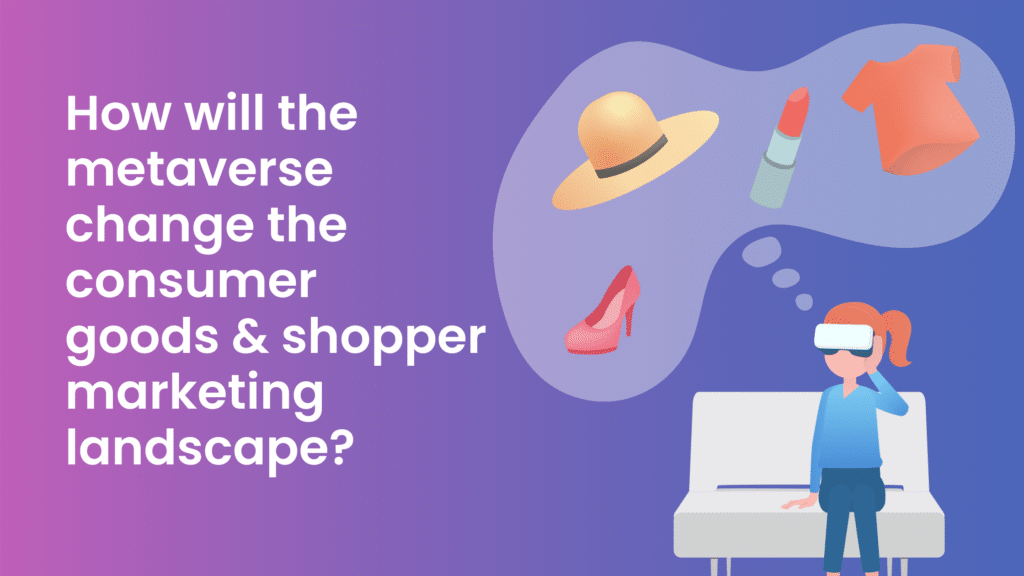
You’ve probably heard of the “metaverse” by now, but it can be defined as the intersection of physical and virtual realms if you haven’t. It’s a virtual world where users can interact, play and experience things as they would in the real world. Mark Zuckerberg described it as “a virtual reality construct intended to supplant the internet, merge virtual life with real life and create endless new playgrounds for everyone.”
While most will be forgiven for thinking of video games when someone mentions the term “virtual reality,” it’s quickly evolving into much more than that.
For example, in the not too distant future, you’ll be able to power up your virtual reality goggles and visit your favorite clothing store to try on the latest fashion, browse the aisles of your grocery store or even be present for a therapist appointment, all from the comfort of your own home. In addition, any purchases made in the metaverse will ship to your chosen address.
The metaverse will help bridge the gap between the online and offline worlds and make global commerce more accessible for consumers.
Of course, this represents a massive opportunity for the early adopters to ‘set up shop’ in the metaverse. They would be able to carve out their market share ahead of the vast majority, but because the metaverse is still in its infancy, these businesses will be able to shape and mold the metaverse to their advantage.
However, it should be noted that deciding to become part of the metaverse is a big commitment. Businesses that choose to do so will need to invest time and money into new marketing strategies, digital transformation, and immersive experiences for their meta-consumers. In addition, brands need to allocate time to immerse themselves in the platform, learning the “culture” of the metaverse and how people engage within it.
Another consideration is the opportunity for brands to use the metaverse to reach new audiences and revitalize outdated brand perceptions. For example, older brands who have struggled to garner interest from younger generations or aren’t considered “ahead of the times” have the chance to overcome these challenges if they establish themselves authentically within the metaverse.
Within the metaverse, brands can let their creative side run wild. Because the confines of reality do not limit it, the options for how to stand out are almost endless when attracting the attention of their desired audience.
But how can you use the metaverse to deliver a unique shopping experience to your consumers? The list of ideas is likely to grow in the coming months, but to get your brain ticking, you could use the metaverse to set up a virtual showroom, offer unique or limited-edition collectibles, provide exclusive perks and promotions or even run virtual workshops.
If you want to start exploring how your brand can get in on the metaverse’s hype, reach out to us at Mobeo to see how we can turn your vision into reality.
